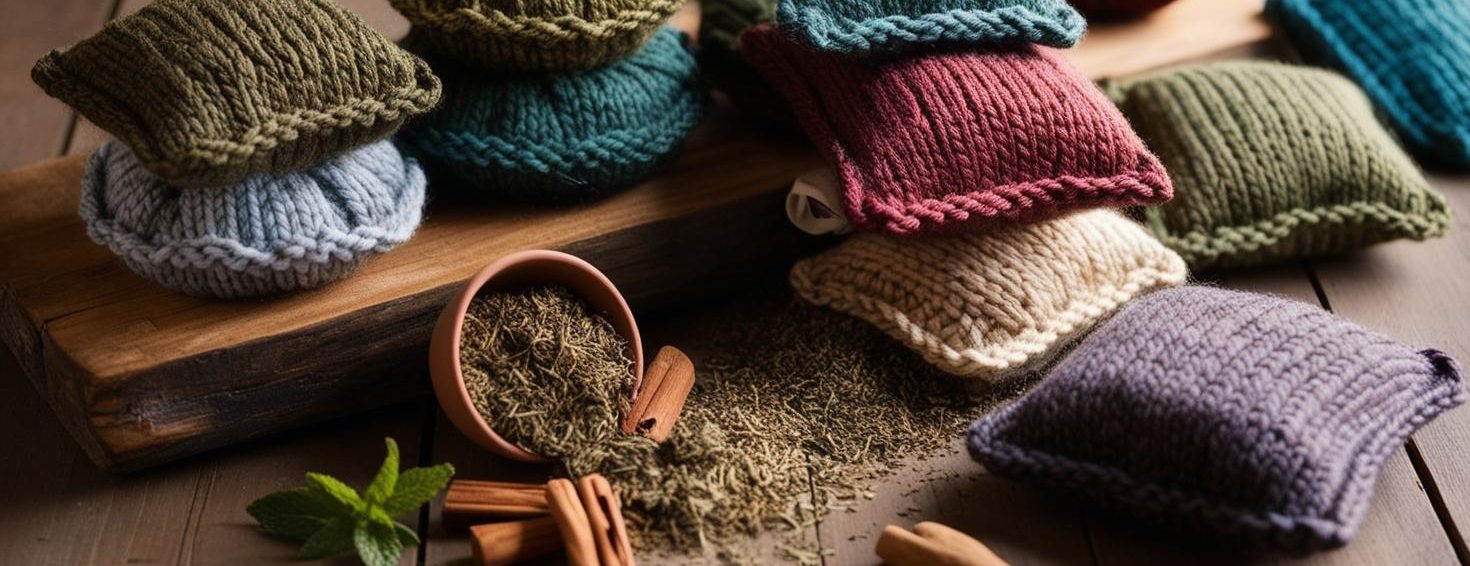-
Historic Textiles in Our Local Museums, Knitting, museum reproduction, Needlework, Needlework History, Pattern Recreation
The Huron Wristers: a story of connections part 2
Continued from The Huron Wristers: a story of connections part 1 Was there a family tie to either Estonia or the British Isles? The answer would help to identify the glove pattern perhaps. When an instagram post by Best Dishes, a Goderich business owned by Sarah Anderson, appeared in my feed one day identifying the wristers pattern as based on a family heirloom, chance had dropped the perfect opportunity. It was time to connect. A couple messages back and forth and the story unfolded… History of the Wheeler Family Sarah as it turns out, is the daughter of Richard Anderson, great-nephew of Herbert Wheeler. Richard sent the following information about…
-
Historic Textiles in Our Local Museums, Knitting, museum reproduction, Needlework History, Pattern Recreation
The Huron Wristers: a story of connections part 1
The story of the creation of the Huron Wristers is a story of connections: the connection of past to present, of generation to generation. Back in 1972 Pearl Wheeler donated a pair of knitted gloves that once belonged to her husband Herbert to the Huron County Museum and Historic Gaol. The museum’s record notes that at the time the gloves were thought to date from 1870 and were knit by a man. Herbert and Pearl lived in Belgrave, Ontario. Herbert had seven siblings, four brothers and three sisters. His parents were Charles Wheeler and Mary Ann Wilkinson. Herbert was a carpenter and apparently also the local barber. How long the…
-
Exploring historic textiles in our local museums
I enjoy reading about and researching historic textiles. For me, these vintage textiles provide a invaluable, tangible link to our past. And as I work at reproducing old knitting patterns and recreating vintage knitted items, I find that the local museums hold a wealth of reference material in their textile collections, providing wonderful period pieces to help with pattern identification and reproduction. Recently I enjoyed the privilege of seeing (virtually, of course) textile items from the collection of the Bruce County Museum and Cultural Centre. I saw many wonderful, beautiful items, some knit, others crocheted, some embroidered, others sewn and so on. From knitted coverlets and clothing, cross stitch samplers,…
-
fibre dyeing, Knitting, museum reproduction, Needlework History, Pattern Recreation, vintage reproduction
Huron Wristers and the Colours of Huron
The Blyth History Stitcher is at it again… naturally dyed palette created by FACTS and beautiful wool from Steele Wool Farm, this is definitely a creative fibre collaboration; it’s time for an update on the Huron Wristers. The Huron Wristers Kits are now in production, with the coloured yarn being weighed and divided. The worsted weight wool is from Steele Wool Farm, a Blyth-area fibre producer owned by Margaret Steele. Naturally sourced local dyes, provided by FACTS Blyth, were used to create the palette of the ‘Colours of Huron’. Each kit will have enough wool to knit a pair of medium/large fingerless mitts and will consist of one ball of natural wool (220 yards)…
-
Online collection of Victorian knitting manuals
If you are like me and love to look through vintage knitting and crochet patterns, I just recently stumbled upon an online resource that you might enjoy. The Knitting Reference Library of the University of Southampton includes the published works collected by Montse Stanley, Richard Rutt and Jane Waller. These comprise books, exhibition catalogues, knitting patterns, journals and magazines. The Victorian knitting manuals donated by Richard Rutt have been digitized and can be viewed online for free. You can search through the extensive collection here! Exciting stuff for pattern researchers!
-
Heirloom museum textiles
In past centuries, women crafted heirloom needlework and textiles that were practical and beautiful, combining function with artistic expression. These beautiful household textiles from the 19th Century are today rare, yet the Huron County Museum and Historic Gaol, in Goderich, is fortunate to feature many pieces, including two counterpanes (one knitted, the other crocheted), a knitted bureau scarf, a crocheted antimacassar, and an embroidered linen shopping bag. White cotton counterpanes (or coverlets) were common in the 19th Century, as was ‘white knitting,’ because of the ready availability of cotton yarn. The museum has some fine examples of traditional, heirloom-quality counterpanes. According to Merriam-Webster, the word ‘counterpane’ comes from the Middle…












